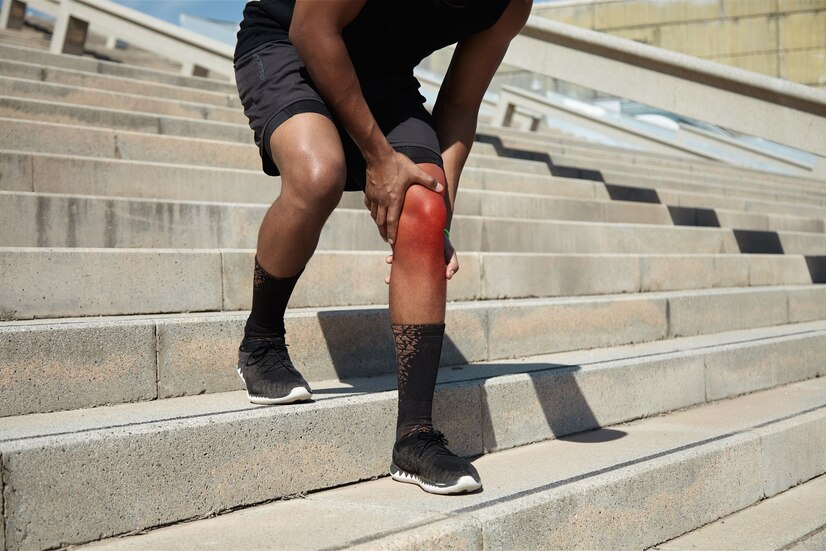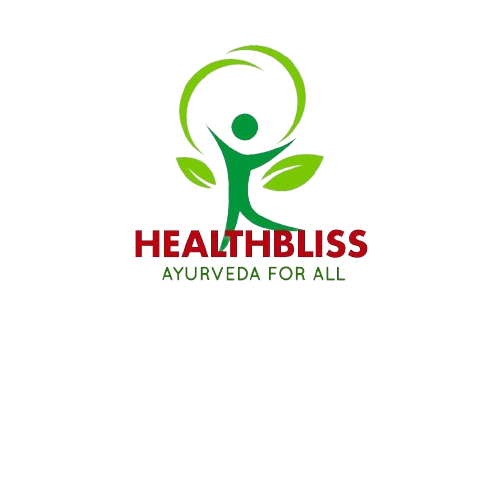Osteoarthritis

What is Osteoarthritis?
Osteoarthritis (OA) is a chronic joint condition characterized by the breakdown of cartilage, the smooth tissue that cushions the ends of bones in joints. It is the most common form of arthritis and primarily affects older adults, leading to pain, stiffness, and reduced mobility.
Causes of Osteoarthritis
- Aging: The risk of developing OA increases with age.
- Joint Injury: Previous joint injuries can lead to OA.
- Repetitive Stress: Jobs or activities that put repetitive stress on certain joints.
- Genetics: A family history of OA can increase risk.
- Obesity: Excess weight puts additional stress on weight-bearing joints like the knees and hips.
- Bone Deformities: Congenital abnormalities of the joints or cartilage.
Symptoms of Osteoarthritis
- Pain: Joint pain during or after movement.
- Stiffness: Joint stiffness, especially after waking up or after periods of inactivity.
- Tenderness: The joint may feel tender when applying light pressure.
- Loss of Flexibility: Reduced range of motion in the affected joint.
- Grating Sensation: Feeling a grating sensation when using the joint, or hearing popping or crackling sounds.
- Bone Spurs: Extra bits of bone, which feel like hard lumps, may form around the affected joint.
- Swelling: Inflammation around the joint.
Diagnosis of Osteoarthritis
- Physical Examination: Checking the affected joints for tenderness, swelling, redness, and flexibility.
- Imaging Tests: X-rays and MRI to view joint damage and cartilage loss.
- Lab Tests: Blood tests to rule out other types of arthritis, and joint fluid analysis to detect inflammation and exclude other disorders.
Treatment and Management
Medications:
- Pain Relievers: Acetaminophen and nonsteroidal anti-inflammatory drugs (NSAIDs) like ibuprofen.
- Topical Treatments: Creams and ointments that can be applied directly to the affected joints.
- Corticosteroids: Injections to reduce inflammation and pain in the affected joint.
- Hyaluronic Acid Injections: Supplements to provide cushioning in the knee joint.
Physical Therapy:
- Exercises: Strengthening muscles around the joint to improve stability and reduce pain.
- Range-of-Motion Exercises: To maintain or improve joint flexibility.
- Occupational Therapy: Learning new ways to perform daily tasks without putting extra stress on painful joints.
Lifestyle Changes:
- Weight Management: Losing weight to reduce stress on weight-bearing joints.
- Regular Exercise: Low-impact activities like swimming, cycling, and walking to keep joints flexible and strengthen muscles.
- Assistive Devices: Using braces, canes, or shoe inserts to support joints and relieve pain.
Alternative Treatments:
- Acupuncture: May help relieve pain and improve joint function.
- Supplements: Glucosamine and chondroitin, though research on their effectiveness is mixed.
- Heat and Cold Therapy: Using hot or cold packs to reduce pain and inflammation.
Surgery:
- Joint Replacement: In severe cases, joints, particularly hips and knees, can be replaced with artificial ones.
- Arthroscopy: Minimally invasive surgery to remove loose fragments of cartilage and clean the joint.
Living with Osteoarthritis
Managing osteoarthritis involves a combination of medical treatments, physical activity, and lifestyle changes. Staying active, maintaining a healthy weight, and using pain management techniques can help improve quality of life and maintain joint function.
Preventive Measures
- Healthy Weight: Maintaining a healthy weight to reduce stress on joints.
- Protect Joints: Avoiding repetitive joint movements and using proper techniques when lifting or doing physical activities.
- Regular Exercise: Keeping muscles strong and joints flexible with regular, low-impact exercise.
- Balanced Diet: Eating a diet rich in anti-inflammatory foods, such as fruits, vegetables, and omega-3 fatty acids.
- Early Intervention: Seeking early treatment for joint injuries to prevent further damage.

